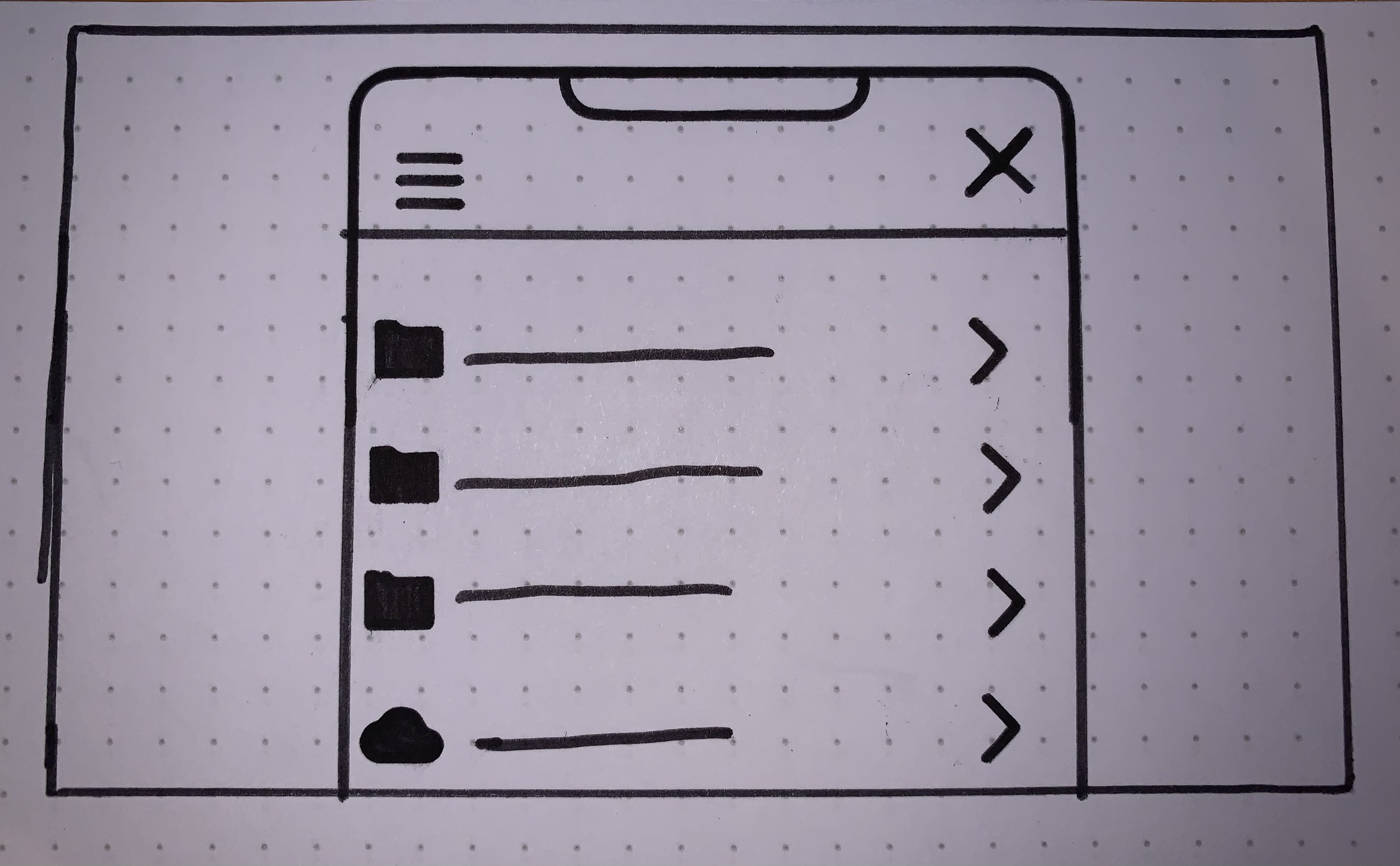
Idea Sketching - Sketch Series - The Design Sprint Unpacked
Sixty Second Summary
In this series of articles, we’re taking a look at the individual parts which make up a Design Sprint, how each part helps us work towards a user-tested prototype, and how you can use the activity on its own within your business’s Design-led decision making process.
This week we we continue the “Four-Part Sketch” Design Sprint activity. Today, we’re taking a look at the second of these parts, Idea Sketching.
Full Article - 4 Minute Read
Bring Learning to Life with Idea Sketching
Last week, we went through Note Taking, where every member of the Sprint Team went through all of the information available to them and wrote down notes that were relevant to their area of focus, with a focus on jogging the memory and building connections, rather than coming up with new ideas.
Now that all the relevant information has been gathered, the second part of the Four-Part Sketch is to actually start sketching, roughly, on pieces of paper. So, make sure everyone on the Sprint Team has a few sheets of A4 paper and a pen (pens are better because you can’t waste time going back and erasing ideas), and let’s go.
What Is A Sketch?
Depending on who you ask, you’ll get different answers to the question “What is a sketch?”. For the Design Sprint, we recommend that any putting of pen to paper to create a new idea counts as a sketch. This, purposefully, gives you a wide range of things that can count as a sketch, such as:
- Stick people acting out a service
- Doodles of rough ideas
- Sample headlines and copy for a product
- Wireframes/diagrams
- A short written explanation
Anything that gives form to a person’s thoughts should be considered a sketch, removing barriers and opening up sketching to anyone.
As with note taking, you should give the Sprint Team 20 minutes to spend individually coming up with ideas and sketches, referring to their notes as they do so. Just like with the notes taken in the previous exercise, these sketches will not be shared with anyone, so give them permission to make them as rough as possible.
Once the 20 minutes are over, give everyone 3-4 minutes to go over their sketches and, again, circle their favourite ideas. In the next step, Active Eights, we’ll refine those promising elements.
Example of Great Sketches
All of the following are examples of great ways to create a sketch during this exercise.

Sample Headline
For those who feel less comfortable drawing, as many of us do years after leaving school, the “Sample Headline” sketch can be a less intimidating way to get down ideas. You start with a sample headline, like you’d see on a newsletter, and then write a couple of lines which accompany the headline to explain what you’re going for.

Wireframes
Wireframes are low-fidelity (sometimes referred to as “lo-fi”) sketches of a digital application or website, using simple rectangles and other abstractions to suggest different parts of the layout and content. These are a great way to sketch out ideas and try multiple options for a digital application, and they require NO ART SKILLS whatsoever.

Stick Figures
If your idea is more of a person-to-person interaction or service, rather than a digital or physical product, stick figures can come to your rescue. They can be used to create lo-fi sketches of the interaction in progress - as we’re interested more in that than your ability to draw humans accurately.

Doodles and Diagrams
Quick doodles and diagrams are a great way to get across your ideas to other people, especially when mixed with annotations. For those who are feeling brave, or who have a more creative streak, doodles and diagrams are a good goal for idea sketching.

Write Out Your Idea
We’re not all confident when it comes to sketching, and that’s fine. Unless you’ve been regularly sketching since you did Art lessons at school, it can be quite a daunting prospect. But, the idea of sketching is that anyone can mix a couple of low fidelity doodles with some explanatory sentences to get an idea out of their head and onto paper.
Tomorrow
Come back next week for the third article in our Sketch Series, Active Eights, where you’ll learn a technique for coming up with lots of annotated, shareable ideas in a short period of time.
To be the first to know when each The Design Sprint Unpacked drops, make sure to join our mailing list or follow us on LinkedIn or Twitter.